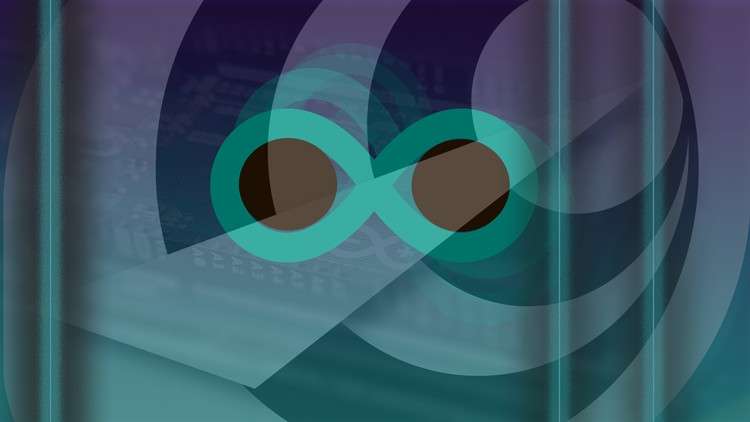
Integrated Development Environment
What you will learn
Assembling the Hardware to make Circuit
Coding the Arduino
Running the Circuits
Various Components and Functions of Arduino
Description
Learn About
Integrated Development Environment in Arduino Atmega 2560 R3 Board.
Arduino programming language can be divided in three main parts: functions, values (variables and constants), and structure.
Functions
We will Focus on experimenting and examining the functioning of IDE based on the following functions.
For controlling the Arduino board and performing computations.
Digital I/O
digitalRead()
digitalWrite()
pinMode()
Analog I/O
analogRead()
analogReference()
analogWrite()
Zero, Due & MKR Family
analogReadResolution()
analogWriteResolution()
Advanced I/O
noTone()
pulseIn()
pulseInLong()
shiftIn()
shiftOut()
tone()
Time
delay()
delayMicroseconds()
micros()
millis()
Math
abs()
constrain()
map()
max()
min()
pow()
sq()
sqrt()
Trigonometry
cos()
sin()
tan()
Characters
isAlpha()
isAlphaNumeric()
isAscii()
isControl()
isDigit()
isGraph()
isHexadecimalDigit()
isLowerCase()
isPrintable()
isPunct()
isSpace()
isUpperCase()
isWhitespace()
Random Numbers
random()
randomSeed()
Bits and Bytes
bit()
bitClear()
bitRead()
bitSet()
bitWrite()
highByte()
lowByte()
External Interrupts
attachInterrupt()
detachInterrupt()
digitalPinToInterrupt()
Interrupts
interrupts()
noInterrupts()
Communication
Print
Serial
SPI
Stream
Wire
USB
Keyboard
Mouse
Variables
Arduino data types and constants.
Constants
Floating Point Constants
HIGH | LOW
INPUT | INPUT_PULLUP | OUTPUT
Integer Constants
LED_BUILTIN
true | false
Conversion
(unsigned int)
(unsigned long)
byte()
char()
float()
int()
long()
word()
Data Types
array
bool
boolean
byte
char
double
float
int
long
short
size_t
string
String()
unsigned char
unsigned int
unsigned long
void
word
Variable Scope & Qualifiers
const
scope
static
volatile
Utilities
PROGMEM
sizeof()
Structure
The elements of Arduino (C++) code.
Sketch
loop()
setup()
Control Structure
break
continue
do…while
else
for
goto
if
return
switch…case
while
Further Syntax
#define (define)
#include (include)
/* */ (block comment)
// (single line comment)
; (semicolon)
{} (curly braces)
Arithmetic Operators
% (remainder)
* (multiplication)
+ (addition)
– (subtraction)
/ (division)
= (assignment operator)
Comparison Operators
!= (not equal to)
< (less than)
<= (less than or equal to)
== (equal to)
> (greater than)
>= (greater than or equal to)
Boolean Operators
! (logical not)
&& (logical and)
|| (logical or)
Pointer Access Operators
& (reference operator)
* (dereference operator)
Bitwise Operators
& (bitwise and)
<< (bitshift left)
>> (bitshift right)
^ (bitwise xor)
| (bitwise or)
~ (bitwise not)
Compound Operators
%= (compound remainder)
&= (compound bitwise and)
*= (compound multiplication)
++ (increment)
+= (compound addition)
— (decrement)
-= (compound subtraction)
/= (compound division)
^= (compound bitwise xor)
|= (compound bitwise or)
Content